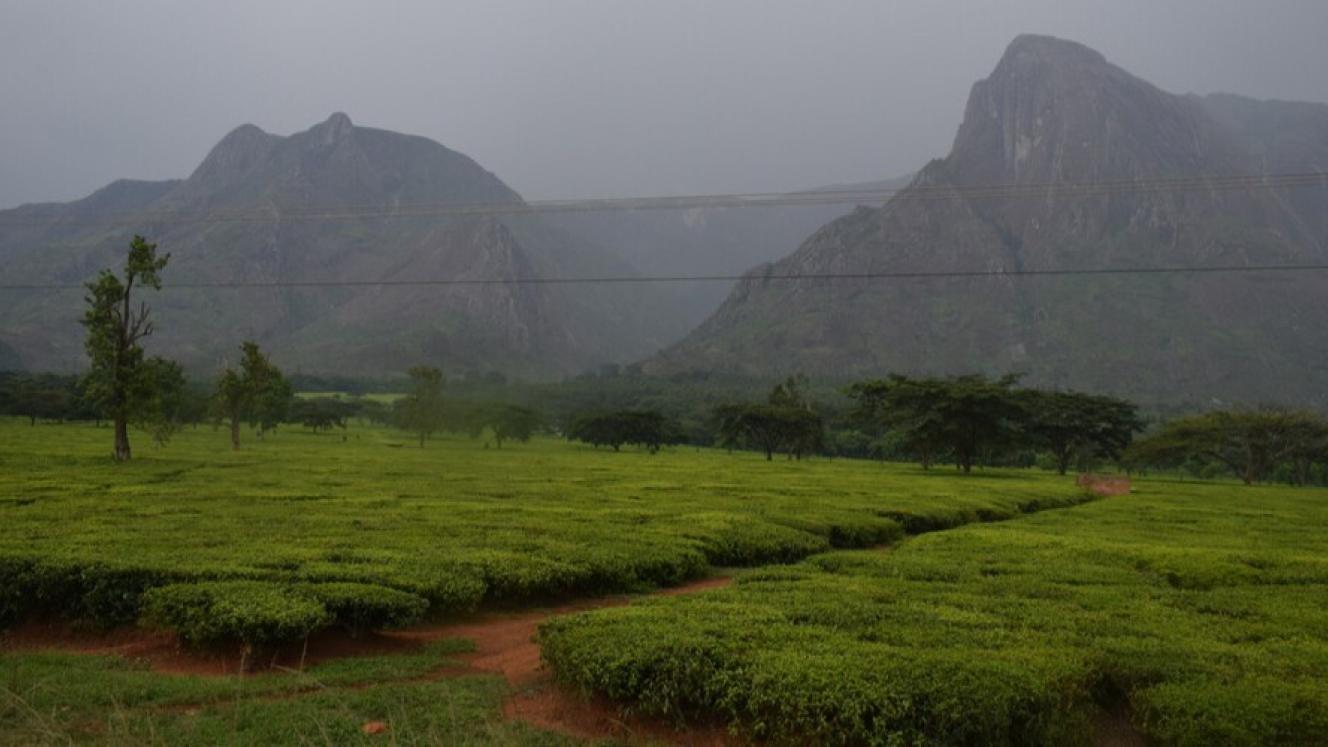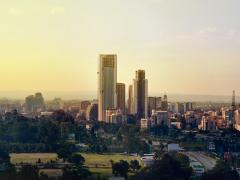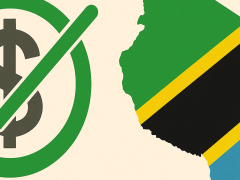UNESCO has inscribed Mozambique’s Maputo National Park and Malawi’s Mount Mulanje Cultural Landscape onto the World Heritage List during the 47th session of the World Heritage Committee in Paris.
In addition, Madagascar’s Rainforests of the Atsinanana have been removed from the List of World Heritage in Danger following conservation successes.
Maputo National Park is Mozambique’s second but first natural World Heritage Site. Located in southern Mozambique, the park encompasses a wide range of coastal and terrestrial ecosystems including coral reefs, seagrass beds, wetlands, freshwater lakes and mangroves.
“This is a proud and historic moment for Mozambique,” said Gustavo Dgedge, Mozambique’s Secretary of State for Land and Environment. “To be recognised by UNESCO is a powerful endorsement of the work being done here. It honours the dedication of our government, communities and partners to restore this unique landscape.”
The park provides key nesting grounds for leatherback and loggerhead turtles, and hosts the world’s largest aggregation of giant kingfish while serving as a migratory bird stopover. Originally established to protect coastal elephants, the park now supports over 5 000 reintroduced game animals with tourism and community co-management at its core.
Mount Mulanje Cultural Landscape in southern Malawi covers nearly 90 000 hectares and includes one of the world’s largest inselbergs, Mount Mulanje. The site holds deep cultural significance for the Yao, Mang’anja and Lhomwe peoples who continue to sustain traditional practices and beliefs linked to the mountain’s sacred status. The area is valued for its spiritual and ecological importance.
Removal of Madagascar’s Atsinanana rainforests from danger list
The Rainforests of the Atsinanana in Madagascar, on the List of World Heritage in Danger since 2010 due to illegal logging and slash-and-burn agriculture, have recovered due to efforts led by UNESCO’s Biodiversity Conservation and Sustainable Natural Resource Management initiative – resulting in 63% forest cover restoration and significant reductions in illegal activities. Over 550 community members, mostly youth, have received vocational training in trades such as ecotourism, fish farming and basketry. A dam constructed near Andohahela National Park has tripled the area of irrigated farmland and secured local water supply.
UNESCO Director-General Audrey Azoulay said: “When sites are removed from the List of World Heritage in Danger, it is a great victory for all – for the countries and communities directly concerned, for UNESCO and, more broadly, for the shared heritage of humanity. We are pursuing a special effort for Africa to train experts and facilitate new inscriptions, and to support strategies to bring some sites out of danger. These efforts are paying off today.”














